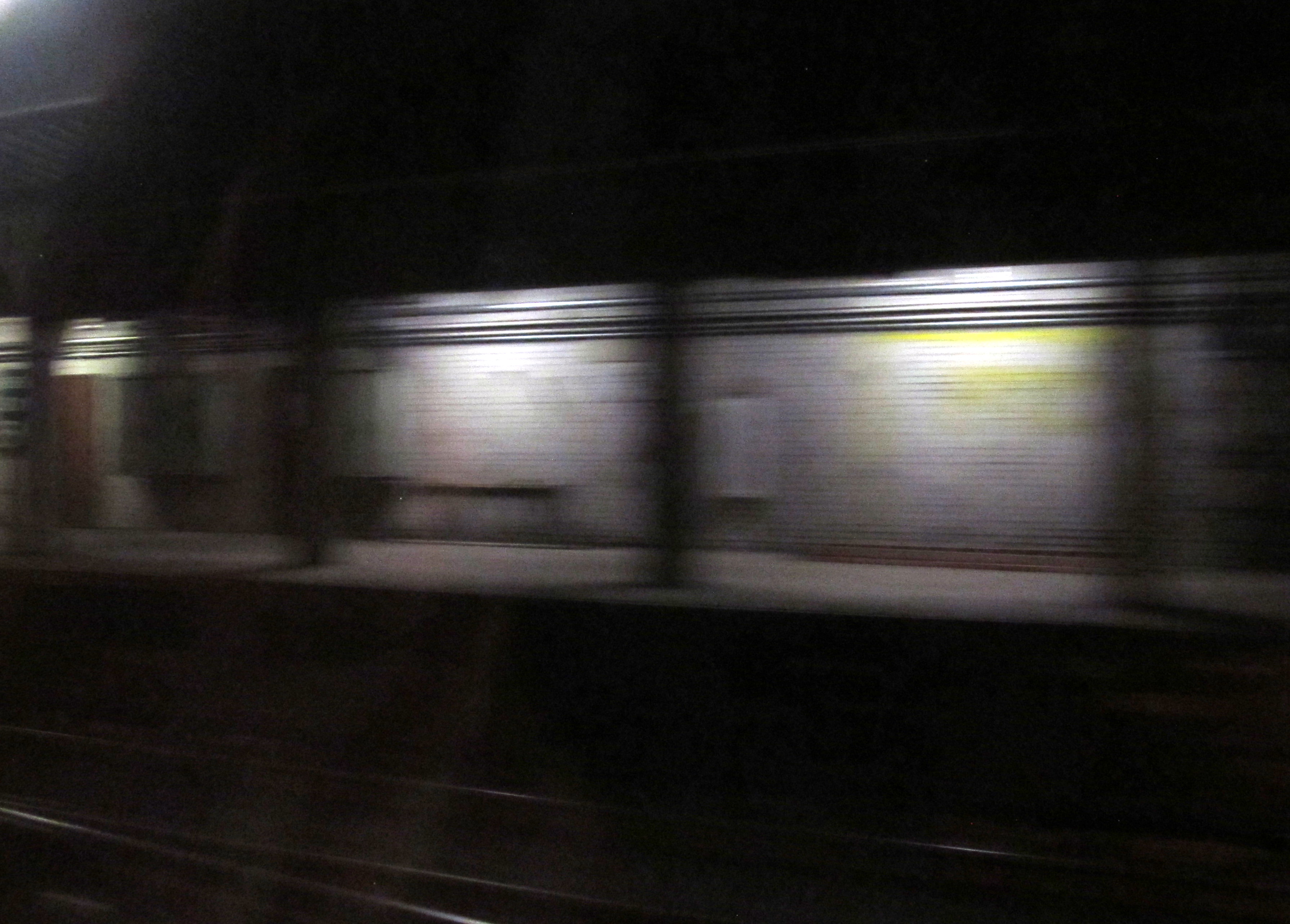Gothic Technologies
Abstract
This issue focuses on the relationship between Gothic fiction and technological innovation in contemporary culture from different perspectives and media formats. We explore how Gothic narratives have consistently engaged with, and responded to, technological developments—from the early anxieties about scientific discovery in 19th-century literature to contemporary fears surrounding digital media, artificial intelligence, and virtual reality. Our contributors examine how Gothic aesthetics have been transformed by new technologies while simultaneously providing a framework for articulating the uncanny dimension of technological advancement itself. The articles in this issue analyze how modern Gothic has evolved beyond traditional oppositions to embrace the fluid boundaries between human and non-human, natural and artificial. We investigate the “phosphorescent” aesthetic of contemporary visual Gothic with its colors and digital distortions, the viral nature of digital urban legends, and the haunted infrastructures of our networked existence. Through diverse case studies spanning literature, cinema, television, and digital storytelling, to podcasts, this issue maps the spectral territories where technology and Gothic sensibilities converge, showing how today’s Gothic is fundamentally shaped by the technological structures and virtual realities that define contemporary experience.
Downloads
References
Benjamin, Walter, Das Kunstwerk im Zeitalter seiner technischen Reproduzierbarkeit, München, Verlag der Universitas, 1936.
Benjamin, Walter, Gesammelte Schriften V. Das Passagen-Wer, Frankfurt am Main, Suhrkamp Verlag, 1982.
Botting, Fred, Gothic Romanced: Consumption, Gender and Technology in Contemporary Fictions, London and New York, Routledge, 2008.
Botting, Fred - Spooner, Catherine (eds.), Monstrous Media/Spectral Subjects: Imaging Gothic from the Nineteenth Century to the Present, Manchester, Manchester University Press, 2015.
Bruhm, Steven, “The Contemporary Gothic: Why We Need It”, The Cambridge Companion to Gothic Fiction, Ed. Jerrold E. Hogle, Cambridge, Cambridge University Press, 2002: 259-276.
Castle, Terry, The Female Thermometer: Eighteenth-Century Culture and the Invention of the Uncanny, Oxford, Oxford University Press, 1995.
Deleuze, Gilles - Guattari, Félix, L’Anti-Œdipe. Capitalisme et schizophrénie 1, Paris, Les Éditions de Minuit, 1972.
Edwards, Justin D. - Graulund, Rune - Höglund, Johan (eds.), Dark Scenes from Damaged Earth. The Gothic Anthropocene, Minneapolis, University of Minnesota Press, 2022.
Fisher, Mark, Ghosts of My Life. Writings on Depression, Hauntology, and Lost Futures. London, Zero Books, 2022.
Fusillo, Massimo, “Fantasmaticità del desiderio, spettralità del cinema”, Ritorni spettrali: storia e teorie della spettralità senza fantasmi, Ed. E. Puglia - M. Fusillo - S. Lazzarin - A.M. Mongini, Bologna, Il Mulino, 2018: 169-184.
Jones, Diane J., Gothic Machine: Textualities, Pre-Cinematic Media and Film in Popular Visual Culture, 1670–1910, Cardiff, University of Wales Press, 2011.
Kittler, Friedrich A., Gramophone, Film, Typewriter. Translated by Geoffrey Winthrop-Young and Michael Wutz, Stanford, Stanford University Press, 1999.
Kittler, Friedrich A., Optical Media: Berlin Lectures 1999, Cambridge, Polity Press, 2010.
Leeder, Murray, Cinematic Ghosts: Haunting and Spectrality from Silent Cinema to the Digital Era, New York, Bloomsbury Academic, 2015.
Luckhurst, Roger, “Digital Gothic: New Directions in Horror Cinema”, The Gothic World, Eds. Glennis Byron - Dale Townshend, London, Routledge, 2014: 270-279.
McLuhan, Marshall, Understanding Media, London, Routledge & Kegan Paul, 1964.
Pop, Doru, “A Replicant Walks into the Desert of the Real and Tells Unfunny Jokes in the Flickering Lights of Neon-Gothic Fantasy”, Caietele Echinox 35 (2019): 190-211.
Sconce, Jeffrey, Haunted Media: Electronic Presence from Telegraphy to Television, Durham, Duke University Press, 2000.
Tanner, Grafton, Babbling Corpse. Vaporwave and the Commodification of Ghosts, London, Zero Books, 2016.
Tanni, Valentina, Exit reality. Vaporwave, backrooms, weirdcore e altri paesaggi oltre la soglia, Roma, Nero Editions, 2023.
Tsing, Anna Lowenhaupt - Swanson, Heather A. - Gan, Elaine - Bubandt, Nils, “Introduction: Haunted Landscapes of the Anthropocene”, Arts of Living on a Damaged Planet, Eds. Ead., Minneapolis, University of Minnesota Press, 2017.
Warner, Marina, Phantasmagoria: Spirit Visions, Metaphors and Media into the Twenty-First Century, Oxford, Oxford University Press, 2006.
Wills, David, Dorsality: Thinking Back through Technology and Politics, Minneapolis, University of Minnesota Press, 2008.
Copyright (c) 2025 Anna Chiara Corradino

This work is licensed under a Creative Commons Attribution 4.0 International License.
Copyright Notice
You are free to copy, distribute and transmit the work, and to adapt the work. You must attribute the work in the manner specified by the author or licensor (but not in any way that suggests that they endorse you or your use of the work).









